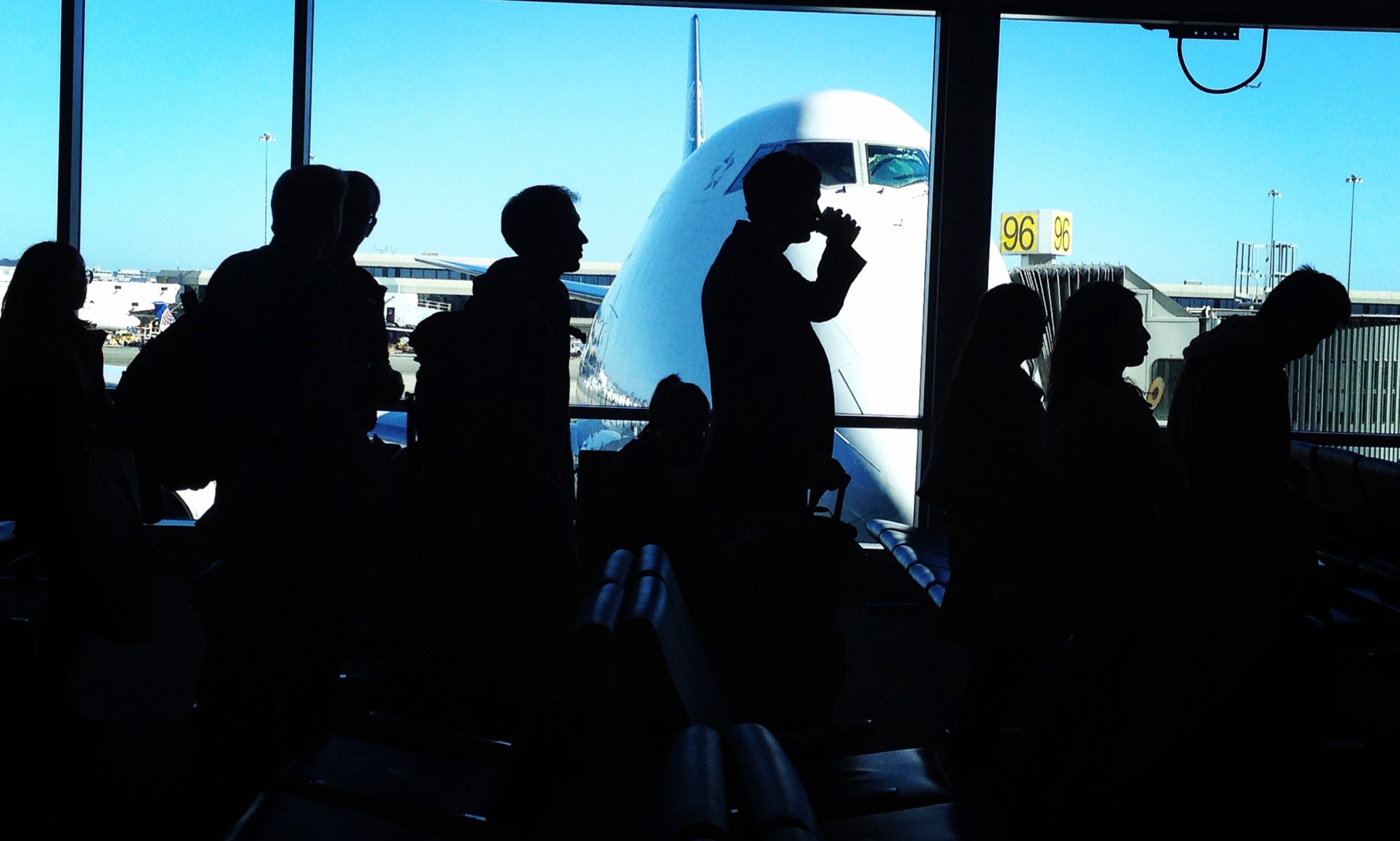By Brian Bremner and Clement Tan
Oct. 1 (Bloomberg) — Hong Kong’s street protests, pepper spray and tear gas have mesmerized TV and Internet audiences worldwide. Beaming them are drones with a “Made in China” tag.
The Apple Daily newspaper captured the breadth of pro-democracy demonstrations in Hong Kong using a pair of Phantom 2 drones, made by DJI Innovations, a company based in the Chinese technology hub of Shenzhen, an hour’s train ride from the former British colony. The drones can capture footage no cameraman can get on the ground, giving the world a panoramic view of the protests.
The aerial cinematography has elicited social media commentary critical of China’s efforts to have candidates for Hong Kong chief executive vetted by a committee that protesters contend answers to Chinese leadership. Praised under different circumstances earlier by people including Sequoia Capital Chairman Michael Moritz as a sign of China’s growing prowess in technology, the drones are a symbol of modern media coverage as much as a consternation for those who want to control the media.
“With these drones we now have a bird’s eye view that photographers cannot reach or produce,” said Leo Cheng, Apple Daily’s photography director.
Violent Clash
Apple Daily, a tabloid-style paper founded by Jimmy Lai, the Hong Kong media baron who controls Next Media Ltd., owns two of the Phantom 2 video drones. Cheng said the paper has launched them twice to cover the Hong Kong protests, which took an ugly turn on the night of Sept. 28, when local police used tear gas, pepper spray and batons to disperse a student sit-in, in the worst clashes since unrest swept the city in 1967.
The protesters, numbering at times in the tens of thousands, are seeking fully democratic elections for the city’s leader in 2017 and have called for the resignation of Hong Kong Chief Executive Leung Chun-ying.
“As an international company focused on tools for creativity, we do not wish to comment on political issues,” DJI spokesman Michael Perry wrote in an e-mail.
Since its founding in 2006, DJI Innovations has grabbed about 50 percent of the estimated $250 million to $300 million market for small and commercial unmanned aerial vehicles, according to research firm Frost & Sullivan.
Aside from Apple Daily, other media companies have also used DJI’s flying cameras. The British Broadcasting Corp. has dispatched the company’s video drones for news events in the U.K., Brazil and Africa, according to DJI spokesman Perry.
Phantom 2
The $1,159 Phantom 2 Vision is powered by a lithium-ion battery and can hover for about 25 minutes, fly at 35 miles (56 kilometers) an hour, and has a built-in 14 megapixel camera that can capture high-resolution video, according to DJI’s website. The device and camera are operated via Wi-Fi by a smartphone that’s clamped to a controller with two joysticks.
Sequoia’s Moritz expressed his admiration for the Chinese company’s flagship product in a LinkedIn post in January.
“The Phantom 2 Vision is the rough flying equivalent of the Apple II, a computer that opened up new horizons for a generation with neither the patience nor the skill required to assemble, program and operate the single-board computers that had been the secret preserve of hobbyists,” wrote Moritz.
This was first published at Bloomberg.com.
